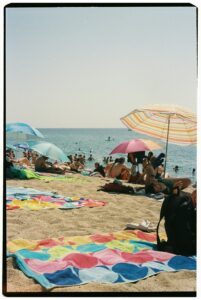Refresh Your Routine With DIY Skincare for Radiance
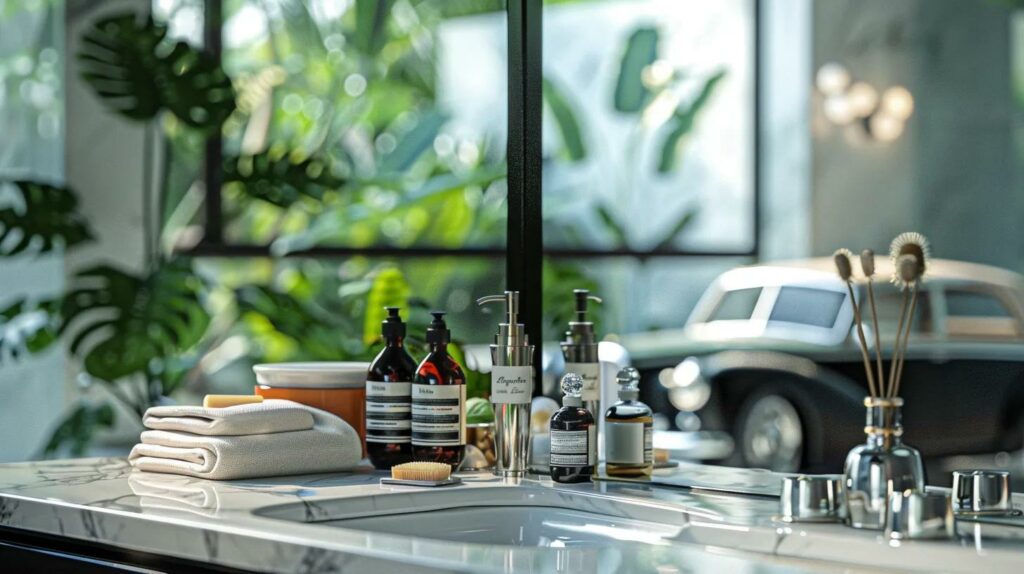
In recent years, DIY skincare has surged as consumers seek natural alternatives to commercial products. Concerns over synthetic chemicals and environmental sustainability have driven many to choose homemade recipes that promote glowing, healthy skin using natural ingredients. This guide explores the benefits of DIY skincare, explains the science behind key ingredients, and offers step-by-step recipes for effective face masks and routines. It also highlights how ingredients like honey, aloe vera, and turmeric can rejuvenate skin, improve radiance, and address issues like acne and sensitivity—all while reducing costs and environmental impact. The following sections provide a practical roadmap to achieve a luminous complexion through sustainable, personalized skincare.
What Are the Benefits of DIY Skincare for Glowing Skin?
DIY skincare gives you control over ingredients, helping you avoid harsh chemicals and preservatives common in commercial products. Natural recipes are rich in antioxidants, vitamins, and essential fatty acids that nourish the skin from within. In addition to promoting a more sustainable beauty regimen through reduced packaging and synthetic additives, these homemade formulations can be customized to target specific concerns such as acne, dryness, or sensitivity. Regular use of natural face masks and exfoliating scrubs can improve skin texture and clarity by removing dead skin cells and unclogging pores.
How Does DIY Skincare Promote Natural Radiance?
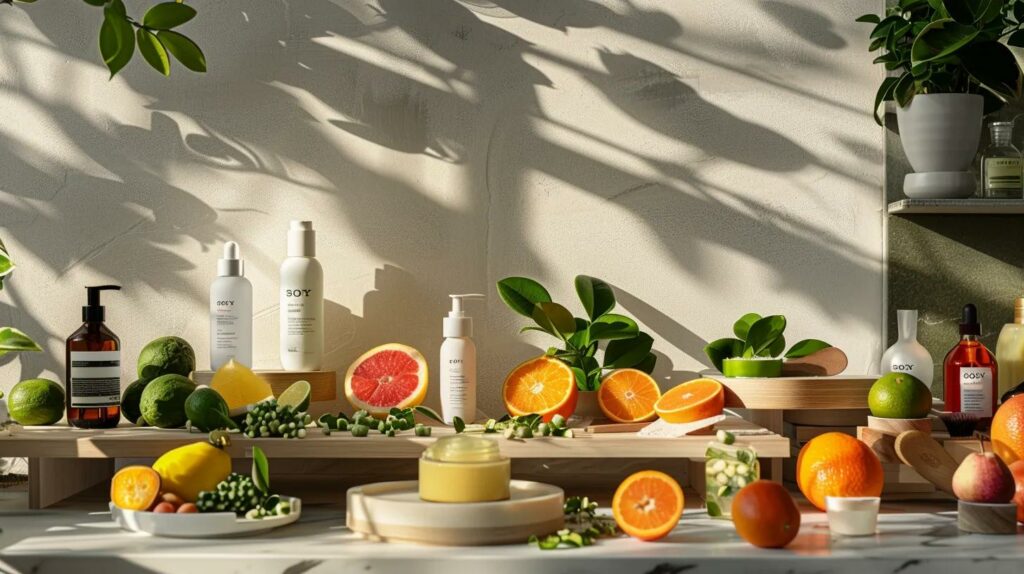
DIY skincare enhances radiance by using fresh ingredients that work synergistically to boost skin vitality. Antioxidants like vitamins C and E help repair cellular damage from environmental stress, while hydrating agents restore moisture. Natural compounds found in aloe vera and chamomile stimulate collagen production and skin regeneration, reducing fine lines and improving firmness. Gentle natural exfoliation using fruit acids removes dead skin layers, allowing better absorption of moisturizers and serums. Customizable formulas ensure that each routine is tailored to individual skin needs, promoting a consistent, youthful glow.
Why Choose Natural Ingredients Over Commercial Products?
Natural ingredients are favored over commercial products for their safety, efficacy, and reduced environmental impact. Commercial skincare often includes synthetic fragrances, parabens, and sulphates that may cause irritation or hormonal imbalances. In contrast, natural substances such as aloe vera, chamomile, green tea, and turmeric offer potent antioxidant and anti-inflammatory benefits without harsh chemicals. Moreover, when sourced locally or organically, these ingredients contribute less to pollution and waste. By making your own products, you can better understand and control what you apply to your skin while supporting sustainable agriculture.
How Can DIY Skincare Save Money and Support Sustainability?
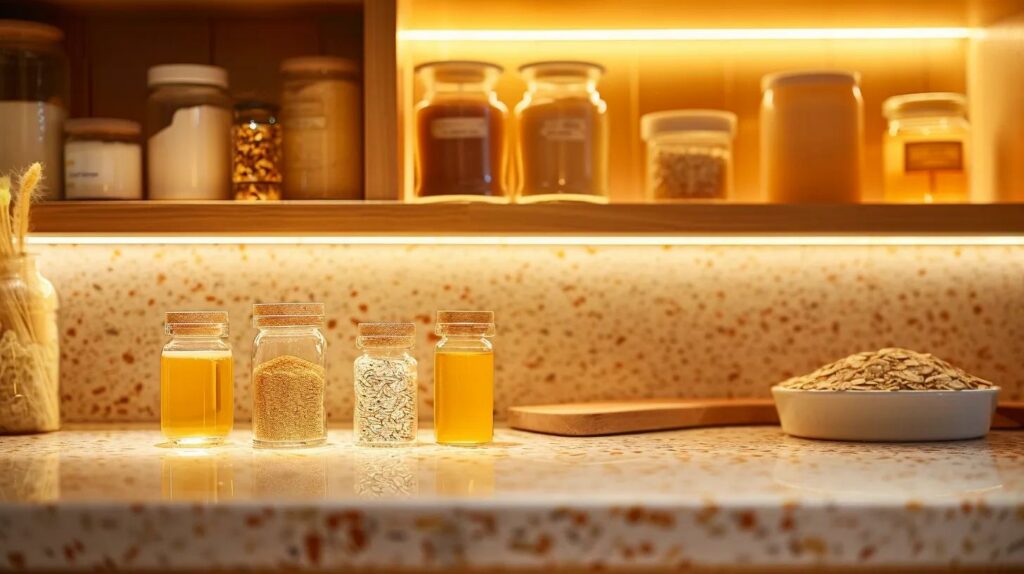
Creating skincare products at home can be significantly more cost-effective than purchasing commercial items, as you avoid high profit margins and excessive packaging. Common ingredients like honey, oats, and coconut oil are affordable when bought in bulk and serve multiple purposes in various recipes. Homemade formulations also allow you to utilize seasonal and locally sourced components, further reducing environmental impact. This approach not only saves money but also encourages a circular economy by maximizing ingredient use and minimizing waste, making your beauty routine both economical and eco-friendly.
Which Natural Ingredients Are Best for DIY Skincare Recipes?
Successful DIY skincare relies on high-quality natural ingredients known for their skin benefits. Honey is an excellent natural humectant and antibacterial agent that moisturizes and soothes inflamed skin. Aloe vera is celebrated for its cooling and healing properties, while turmeric is valued for its antioxidant-rich compound curcumin that brightens and evens skin tone. Additional ingredients such as green tea, chamomile, and rose hip oil also provide antioxidant protection, anti-inflammatory benefits, and skin regeneration support. These ingredients can be combined in various formulations—ranging from cleansing masks to nourishing creams—to provide comprehensive skincare benefits.
What Are the Skin Benefits of Honey, Aloe Vera, and Turmeric?
Honey draws moisture into the skin, acting as a natural humectant while its antimicrobial properties help prevent acne and soothe inflammation. Aloe vera, rich in vitamins and enzymes, calms irritated skin and accelerates repair, particularly after sun exposure. Turmeric, with its potent antioxidant and anti-inflammatory effects, helps reduce hyperpigmentation and supports a more even skin tone. Together, these ingredients work synergistically to promote hydrated, smooth, and radiant skin.
How Do Essential Oils Enhance Skincare Routines?
Essential oils such as lavender, tea tree, and rose oil add concentrated plant benefits to DIY skincare routines. Lavender oil offers calming and antiseptic properties, reducing inflammation and acne. Tea tree oil is a powerful antibacterial and antifungal agent that helps treat blemishes. Rose oil not only provides a pleasant fragrance but also balances oil production and hydrates the skin. When used in moderation and properly diluted with carrier oils like jojoba or coconut oil, these essential oils enhance the overall performance of homemade skincare products by boosting their efficacy and promoting a more refined complexion.
Where to Source Organic and Sustainable Ingredients?
Organic ingredients can be found at farmers’ markets, organic food stores, or reputable online retailers. Purchasing certified organic products ensures ingredients are free from pesticides and synthetic fertilizers, while local cooperatives and CSA programs offer fresh, sustainable produce. Online marketplaces specializing in natural health products also provide access to ethically sourced items such as raw honey, organic aloe vera, and essential oils. Choosing these sustainable sources not only enhances the quality of your skincare but also supports environmentally responsible practices and fair trade.
How to Create Effective Homemade Face Masks for Glowing Skin?
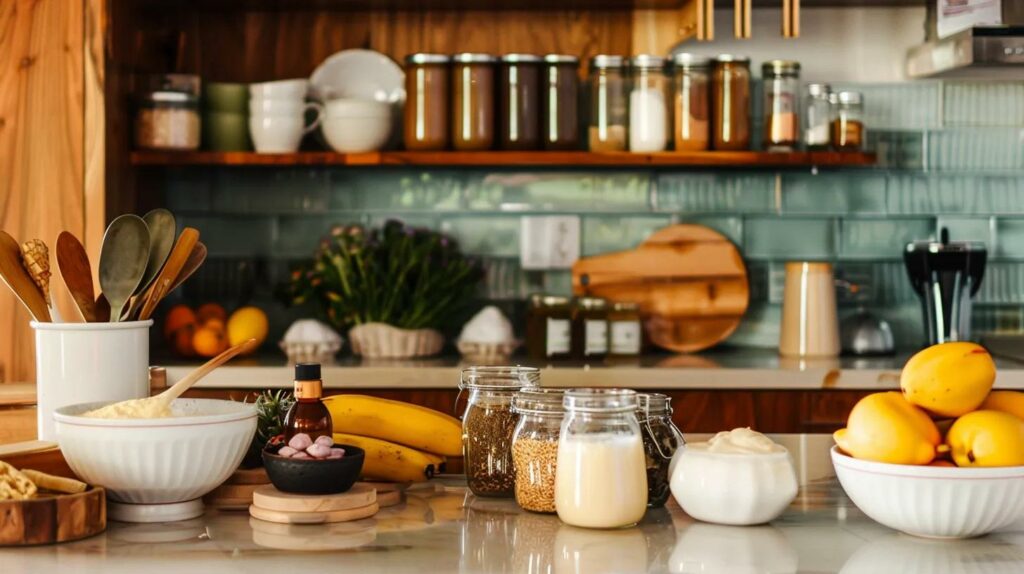
Creating effective homemade face masks involves selecting the right ingredients and blending them into a formula that meets your skin’s specific needs. A balanced mask typically provides moisture, nourishment, and gentle exfoliation. For example, a mask combining banana, honey, and yogurt offers hydration, antibacterial benefits, and mild exfoliation from lactic acid. Other masks might use bentonite clay for detoxification or avocado for enriching fatty acids and vitamins. The mask should be applied evenly, left on for 10 to 15 minutes to allow active ingredients to penetrate, and then rinsed off gently to reveal a revitalized, glowing complexion.
What Are the Best DIY Face Mask Recipes for Different Skin Types?
- Oily and Acne-Prone Skin: A mask with bentonite clay, apple cider vinegar, and green tea extract helps detoxify pores and balance sebum production.
- Dry Skin: A nourishing mask using avocado, honey, and yogurt provides deep hydration and gentle exfoliation.
- Sensitive Skin: A mild mask combining aloe vera, chamomile tea, and rose water soothes irritation and maintains a balanced complexion.
- Combination Skin: A blend of oatmeal, banana, and a few drops of tea tree oil softens dry areas while controlling oil in the T-zone.
How Do You Prepare and Apply Face Masks Step-by-Step?
- Preparation: Gather ingredients, a clean mixing bowl, spoon or whisk, and a spatula. Cleanse your face thoroughly.
- Mixing: Combine the ingredients until a smooth, spreadable paste is formed. Adjust the consistency with a few drops of water or aloe vera juice if needed.
- Application: Apply the mask evenly using clean fingers or an applicator brush, avoiding the eye and lip areas.
- Setting Time: Allow the mask to sit for 10 to 15 minutes so the active ingredients can work effectively.
- Finishing: Rinse with lukewarm water and pat dry. Follow with your usual moisturizer to lock in the benefits.
How Often Should You Use Face Masks for Optimal Results?
For most skin types, using a face mask 2 to 3 times per week is ideal. This frequency allows the skin to receive regular nourishment and exfoliation without causing irritation. Depending on the ingredients—such as lactic acid from yogurt for gentle exfoliation or more potent formulations for acne-prone skin—you may adjust the usage frequency. Always monitor your skin’s response and adapt the routine accordingly, especially during seasonal changes.
What Is the Ideal DIY Skincare Routine for Glowing Skin?
A balanced DIY skincare routine consists of a morning and an evening regimen that addresses various skin needs. In the morning, start with a gentle cleanser, follow with a toner, apply a serum rich in hydrating ingredients like hyaluronic acid or vitamin C, moisturize lightly, and finish with natural sunscreen. In the evening, focus on thorough cleansing to remove impurities, incorporate gentle exfoliation, use nourishing masks or serums targeting specific concerns, and seal with a heavier cream to support overnight repair.
How to Build a Morning Skincare Routine With Natural Products?
- Cleanse: Use an all-natural cleanser containing ingredients such as chamomile or green tea to remove overnight impurities.
- Tone: Apply a toner made from rose water or diluted apple cider vinegar to balance pH and restore moisture.
- Serum: Use a serum with hyaluronic acid or vitamin C to boost hydration and protect against environmental damage.
- Moisturize: Apply a light moisturizer with aloe vera or jojoba oil.
- Sunscreen: Finish with a natural sunscreen containing zinc oxide or titanium dioxide for protection.
What Should an Evening DIY Skincare Routine Include?
- Cleanse: Remove makeup and pollutants with a gentle, yet effective natural cleanser.
- Exfoliate: Incorporate a mild scrub or enzymatic exfoliation with oatmeal or almond powder a few times weekly.
- Tone: Apply a calming toner with natural astringents like witch hazel.
- Treat: Use a nourishing mask or targeted serums for issues like dark spots or fine lines.
- Moisturize: Seal the routine with a rich cream containing ingredients such as shea butter or avocado oil to support overnight repair.
How to Customize Your Routine for Acne, Dryness, or Sensitivity?
- Acne-Prone Skin: Use non-comedogenic, antibacterial ingredients like tea tree oil and green clay. Follow cleansing with a toner containing witch hazel.
- Dry Skin: Focus on hydrating and emollient-rich cleansers, and incorporate ingredients like avocado oil, honey, and aloe vera for deep moisture.
- Sensitive Skin: Keep the routine simple with soothing ingredients such as aloe vera, chamomile, and calendula while always performing a patch test before trying new products.
How Can Natural DIY Treatments Help With Acne and Skin Concerns?
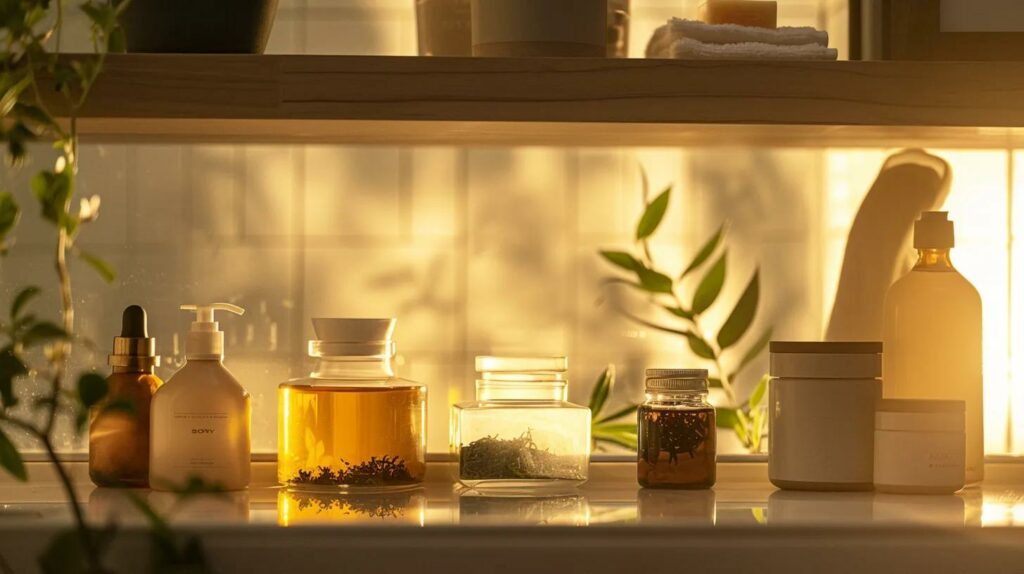
Natural DIY treatments address acne by combining gentle exfoliation, anti-inflammatory agents, and balanced pH formulas. Ingredients like tea tree oil reduce bacterial activity, while honey unclogs pores and soothes irritation. Botanical extracts, including green tea and chamomile, further help reduce redness and swelling. Regular use of non-comedogenic oils, such as jojoba, supports the skin’s barrier, reducing the frequency and severity of breakouts by promoting overall skin health.
What Are the Most Effective Natural Acne Treatments at Home?
- Face Masks: A blend of green clay and apple cider vinegar acts as a natural toner and detoxifier.
- Spot Treatments: Diluted tea tree oil in a carrier oil (jojoba or coconut) can target blemishes.
- Cleansing Routine: A mild, natural cleanser paired with aloe vera gel helps soothe and prevent acne while maintaining proper skin hydration.
How to Use Exfoliation Safely in DIY Skincare?
Exfoliation removes dead skin cells and stimulates cell renewal when done gently. Use natural exfoliants such as finely ground oatmeal or sugar, and limit scrubbing to avoid damaging the skin barrier. For sensitive or dry skin, exfoliating once a week is sufficient, whereas oily skin may tolerate twice-weekly treatments. Always follow up with a hydrating mask or moisturizer and perform a patch test for any new exfoliant.
What Precautions Should You Take When Treating Sensitive Skin?
When treating sensitive skin, always test new products on a small area before full application. Opt for formulations with soothing ingredients like aloe vera, chamomile, and calendula, and avoid undiluted essential oils or citrus extracts. Keep routines simple, use fragrance-free products, and avoid over-exfoliation to protect the natural skin barrier. Adjust frequency during extreme weather or heightened sensitivity, and consult a dermatologist if irritation persists.
What Tips and Tricks Enhance Glowing Skin Naturally?
Achieving radiant skin involves both topical treatments and healthy lifestyle practices. Staying well-hydrated by drinking 8–10 glasses of water a day helps maintain skin elasticity and flushes toxins. A balanced diet rich in antioxidants, vitamins, and essential fatty acids—found in foods like carrots, berries, and nuts—supports skin repair and combats oxidative stress. Regular exercise improves circulation, ensuring nutrients reach skin cells, while adequate sleep and stress-reducing activities like meditation or yoga further promote a vibrant, glowing complexion.
How Does Hydration Affect Skin Glow and Elasticity?
Hydration is key to plump, smooth skin. Water facilitates nutrient transport and toxin removal, contributing to a resilient, radiant complexion. Dehydration can lead to dullness, fine lines, and reduced elasticity. Using hydrating skincare products with hyaluronic acid, aloe vera, or glycerin, along with applying a hydrating toner immediately after cleansing, helps maintain moisture levels, enhances cell turnover, and supports overall skin brightness.
Which Lifestyle Habits Support Natural Skincare Results?
A nutritious diet, regular exercise, and sufficient sleep are core to healthy skin. A diet abundant in fruits, vegetables, and lean proteins provides antioxidants and essential fats that support anti-inflammatory processes. Regular physical activity improves blood flow and detoxification, while stress reduction through practices like yoga protects against skin flare-ups caused by cortisol. Avoiding smoking and excessive alcohol consumption further supports a youthful, glowing complexion.
How to Incorporate DIY Skincare Into a Sustainable Beauty Routine?
Integrate DIY skincare into a sustainable beauty routine by replacing commercial products with homemade alternatives made from biodegradable, ethically sourced ingredients. Purchase items in bulk to reduce waste and use reusable containers and eco-friendly applicators. This approach not only minimizes environmental impact but also fosters a personal connection with your skincare regimen by encouraging you to learn about and care for each ingredient.
What Safety Measures Should You Follow When Making DIY Skincare Products?
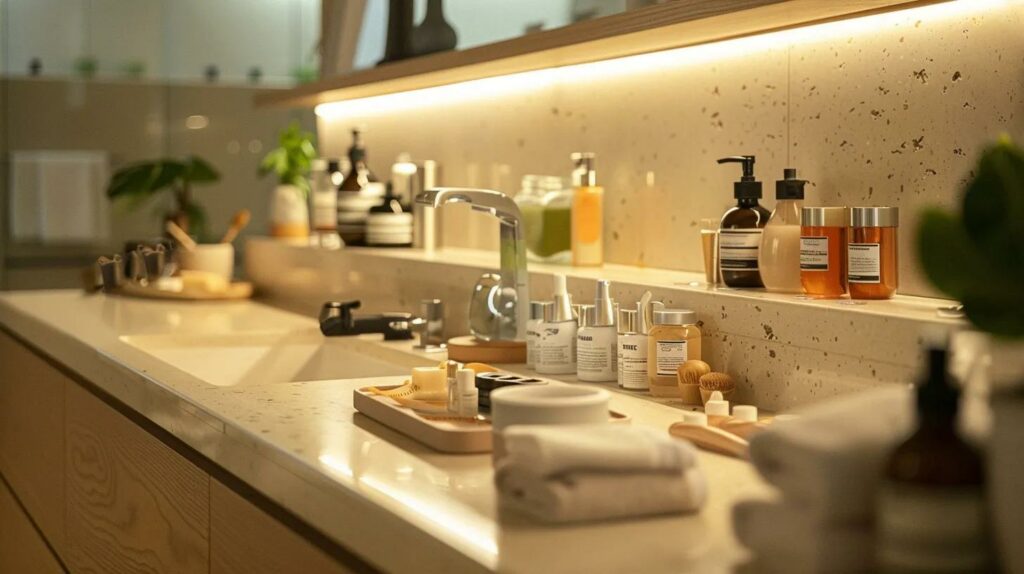
Safety is critical when making your own skincare products. Always perform a patch test on a small area of skin before using a new product to ensure no allergic reactions occur. Sanitize all tools and surfaces thoroughly to prevent contamination. Use high-quality, fresh ingredients and store any leftovers in airtight containers in a cool, dark place. When using essential oils, dilute them properly with a carrier oil to avoid irritation. If irritation occurs after using a product, discontinue use immediately and consult a dermatologist.
How to Test for Allergies and Skin Reactions?
To test for allergies, apply a small amount of the new product on an inconspicuous area (e.g., inner forearm or behind the ear) and wait 24 hours for any signs of redness or irritation. Testing one ingredient at a time helps identify potential allergens. Individuals with sensitive skin should consider consulting a dermatologist before introducing new formulations.
What Are Common Mistakes to Avoid in Homemade Skincare?
Common pitfalls in DIY skincare include using outdated or improperly stored ingredients, overloading recipes with too many active components, and failing to achieve a uniform consistency. Avoid skipping patch tests, as this can lead to unexpected allergic reactions. Also, maintaining the proper pH balance is important to prevent skin dryness or sensitivity. Keeping formulations simple and well-mixed will result in more effective and safer products.
When Should You Consult a Dermatologist?
Consult a dermatologist if you experience persistent or severe skin issues that do not improve with DIY treatments, such as chronic acne or eczema. If there is sudden redness, swelling, or irritation after using a homemade product, seek professional advice immediately. Dermatologist consultations are also recommended if you have complex skin conditions or are on professional treatments to ensure compatibility with your DIY regimen.
Frequently Asked Questions
Q: What makes DIY skincare more effective than commercial products? A: DIY skincare offers complete control over the ingredients, ensuring that natural antioxidants, vitamins, and moisturizers are used without harmful chemicals, which can lead to a gentle yet effective treatment tailored to your skin.
Q: Can I use DIY face masks every day? A: It is generally recommended to use DIY face masks 2–3 times a week to avoid irritation and maintain a healthy skin barrier. Adjust frequency based on your skin type and the mask’s formulation.
Q: Are natural ingredients suitable for all skin types? A: Yes, natural ingredients can benefit every skin type if appropriately customized. For instance, oily skin may require clay-based masks, while dry or sensitive skin benefits from hydrating and soothing formulations.
Q: How do I ensure my DIY products remain safe to use? A: Use fresh, high-quality ingredients, sanitize your tools, perform patch tests, and store products properly in airtight containers away from sunlight to prevent spoilage.
Q: What should I do if a DIY product causes irritation? A: Discontinue use immediately, rinse your skin with cool water, and consult a dermatologist if the irritation persists.
Q: Can lifestyle habits influence the effectiveness of DIY skincare? A: Absolutely. Hydration, nutrition, exercise, and adequate sleep play crucial roles in overall skin health and enhance the effectiveness of your DIY routine.
Q: Is it possible to customise DIY treatments for specific concerns like acne or ageing? A: Yes, one major advantage is customisation. For acne, consider ingredients like tea tree oil, and for ageing, ingredients such as turmeric and vitamin C can be used to address specific issues effectively.
Final Thoughts
DIY skincare offers a sustainable, cost-effective, and personalized approach to achieving glowing, healthy skin. By harnessing natural ingredients like honey, aloe vera, and turmeric, you can create effective routines that nourish, protect, and rejuvenate your skin. Whether you’re dealing with acne, dryness, or sensitivity, a carefully crafted DIY regimen not only enhances your natural beauty but also supports a holistic and environmentally friendly lifestyle.
